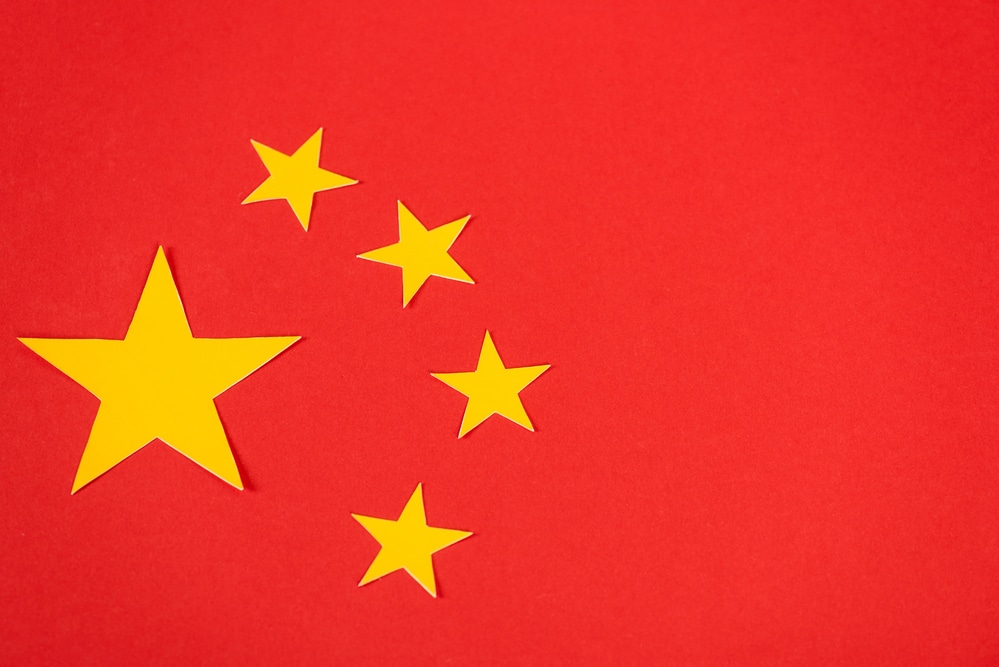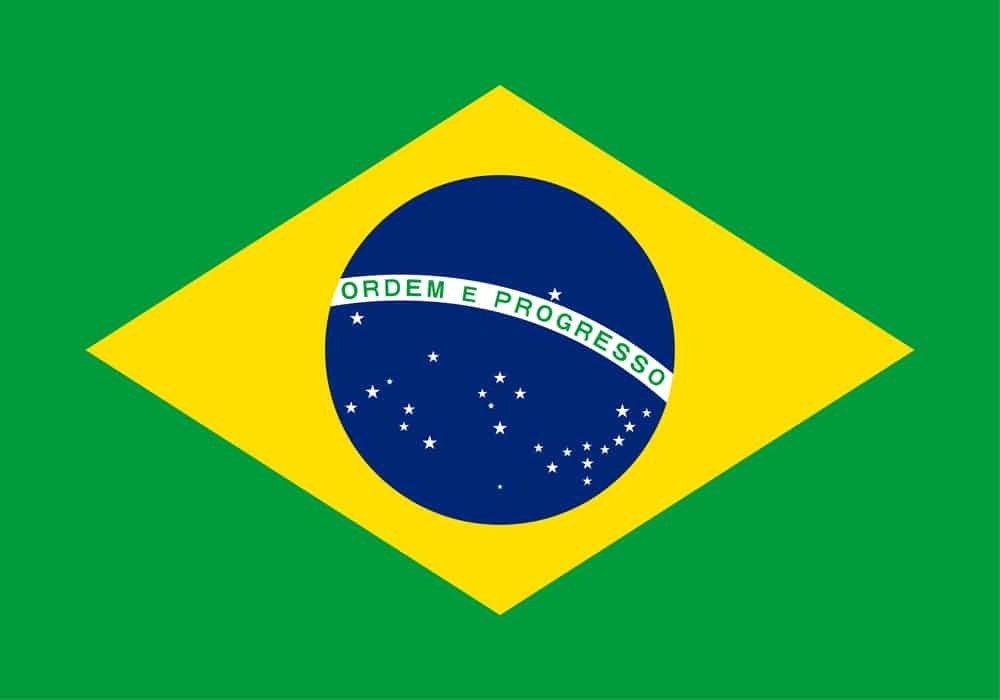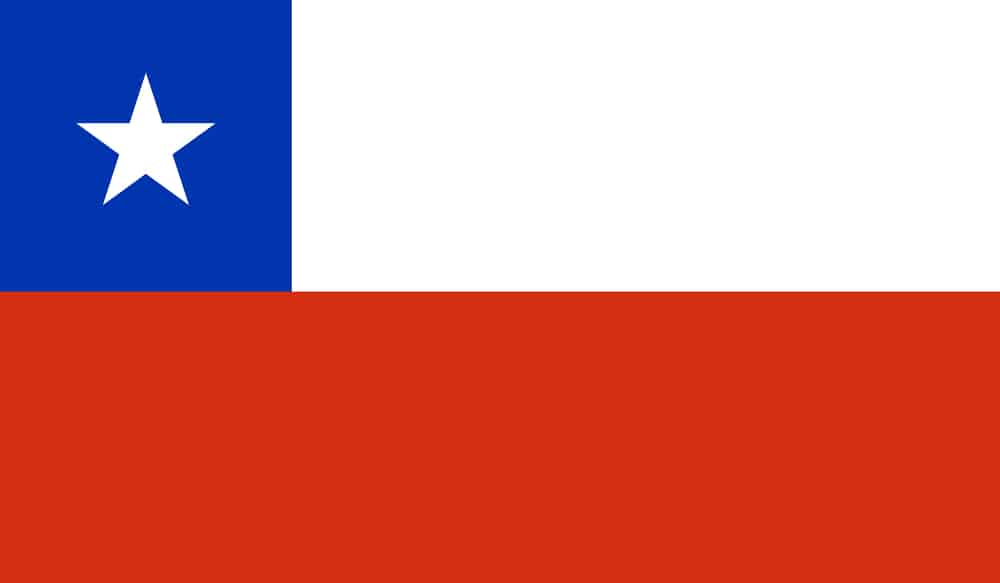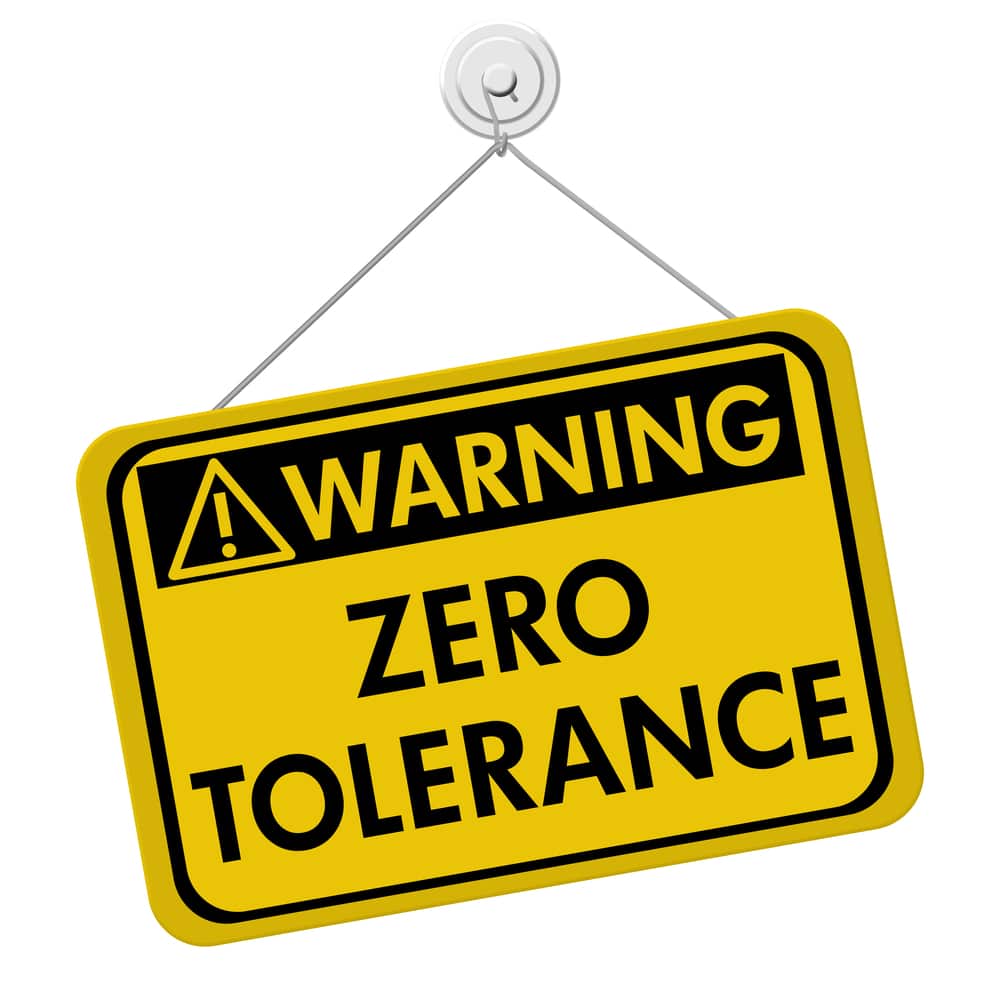Global Differences in Sexual Harassment Laws

Sexual harassment is a serious issue for men and women worldwide.
The #MeToo movement increased the global spotlight on this ongoing issue and facilitated a heightened sense of awareness. When workers are subjected to sexual harassment, many jurisdictions will hold businesses partially liable.
Here, we’ll explore the many different laws related to the prohibition of sexual harassment in different countries around the world.
Plus, we’ll consider some of the strategies employers use to promote trust, ensure compliance with workplace laws, and facilitate safe reporting for when incidents do occur in order to reduce and prevent sexual harassment in the workplace more successfully.
If you are looking for training for your workers, we offer sexual harassment training for employees that can help you comply with the United States laws.
Sexual Harassment at Work: Legislature Around the World
During an international treaty in 2019, the 187 member states of the International Labor Organization ratified the right for all to work without harassment or violence.
Laws aimed at preventing sexual harassment at work exist in roughly 120 different countries, but over 33% of nations still have no work-specific anti-harassment measures. Further, most countries have laws in place to prevent retaliation against an employee who makes a claim of harassment.
What is the global harassment rate? About 6% of workers worldwide report being sexually harassed at work, but due to the risk associated with such reporting – especially for a woman – the actual percentage is probably much higher. It’s important that employers, and especially their Human Resources staff, know how to deal with the reporting of sexual harassment.

Examining Different Jurisdictions
Legal definitions of sexual harassment are subject to different interpretations and vary widely from country to country. Cultural differences and traditional gender norms account for much of the country’s disparity.
For example, case law shows that courts in many countries will rule unwelcome, disturbing, and embarrassing behavior as illegal workplace harassment, while others limit it to strictly sexual advances.
Some countries have no formal law at all to prevent misconduct or discrimination at work; others prohibit it but fail to enforce legislation or penalize offenders.
United States

The US has laws prohibiting employment discrimination, including based on sex. Additionally, the Equal Employment Opportunity Commission established formal regulations to define sexual harassment as a recognized type of illegal discrimination.
Complaints often involve a hostile work environment and/or a quid pro quo in which a superior wishes to receive sexual favors in exchange for granting job-related benefits or impose consequences for failure to comply.
Canada

In Canada, the definition varies by province, but the Supreme Court refers to sexual harassment in the workplace as unwelcome actions that detrimentally affect the work environment or lead to negative job-related consequences. Canada has adopted labor standards that ban any type of sexual harassment in the workplace.
United Kingdom

The European Union has a formal directive for member countries that prohibits treating men and women differently regarding employment, opportunities, conditions, training, and promotions. It includes sexual harassment as a form of unlawful discrimination.
In the UK, sexual harassment has been an illegal form of discrimination since 1986. Actions that violate the dignity of another, including unwelcome sexual behavior, is considered to be harassment.
France

In France, the definition has legally been expanded from mere harassment to gain sexual favors to a more specific set of actions in two categories:
- Repeating actions or words that are sexual in nature that impact the dignity of or humiliate someone.
- Blackmailing an employee to exploit them and gain sexual favors.
Violating these provisions in France can lead to 2-3 years in prison and being penalized with hefty fines.
Spain

The Comprehensive Guarantee of Sexual Freedom requires companies to promote conditions in the workplace that prevent inappropriate conduct and abuse, including digital interactions.
Switzerland

The law in Switzerland defines sexual harassment as behavior that is sexual in nature or associated with gender that affronts the dignity of another in the workplace. Employees are granted protection from being terminated following a complaint.
India

India saw a strengthened sexual harassment legislature in 2013. New laws established women’s basic and constitutional right to equal treatment and designated offensive behavior as an official offense.
China

In China, the law has been revised to forbid sexually harassing women by various means. Employers must reasonably act to prevent and respond to sexual harassment incidents, as well as protect the privacy of those involved in claims.
Taiwan

Taiwan has recently amended its legislation to improve protection against sexual harassment and discrimination in the workplace.
For example, it’s required that perpetrators in positions of authority be placed on leave or into a different role while complaints are investigated.
Depending on the severity of the crimes, employers may be required to terminate the employee who is found at fault. They may also be required to pay large fines.
Additionally, reporting mechanisms must be available to the personnel of companies that exceed 10 employees.
Australia

Australia’s Sex Discrimination Act of 1984 outlines unwelcome sexual engagements or advances as sexual harassment. Additionally, it bans acting in a way that would reasonably indicate the possibility of impending harassment.
Philippines

The Philippines laid out prohibited actions in the Anti Sexual Harassment Act of 1995. It includes unwanted advances, creating a hostile environment, and segregation that can adversely impact workers.
Violations can result in fines and imprisonment for up to six months.
Brazil

Like most other South American countries, Brazil recognizes workplace misconduct as wrong, but it’s only illegal when they’re committed by a superior using their position to gain sexual favors from an employee.
Chile

Chile recognizes sexual harassment as behavior incompatible with a person’s dignity, like making requirements of a sexual nature for which the victim would lose opportunities or face penalties if they don’t consent.
Panama

Panama legislates against circumstances that compromise the dignity and liberty of another.
In the workplace, this also includes failing to respect their work conditions, discrediting their performance, and subjecting them to unfairly limited opportunities

Pakistan
Pakistani women are protected by a law adopted in 2010 that outlines misconduct as unwanted advances or a sexually demeaning attitude that makes the environment intimidating and interrupts work performance.

Zimbabwe
Zimbabwe’s laws – which are stronger than those in many African countries – count unwanted advances as unfair labor practices.
Consequences & Complexities of Sexual Harassment in the Workplace
In recent years, the massive #MeToo movement – aimed at exposing and preventing sexual harassment and assault against women in the workplace – has incentivized many countries to place a stronger focus on the prevention of sexual harassment at work.
Still, serious challenges remain in the global fight to end harassment and violence, especially against women and young girls.
A Global Issue
Harassment can victimize men as well as women, though women are more likely to be targeted. The majority of countries have yet to establish formal laws banning discrimination against employees based on gender identity or sexual orientation.
It is the responsibility of the employer to minimize risk for their workers and protect women and men from unwanted contact, both physical and verbal.
The United Nations’ Definition
The UN defines the sexual harassment of women as unwelcome behavior like physical contact and advances, sexually tinged remarks, sharing unsolicited pornography, and demands of a sexual nature.
Negative Outcomes of Harassment
The most prominent negative outcome often caused by these cases is the personal and professional damage endured by the victims of harassment. Misconduct complaints are extremely detrimental to the workplace environment as a whole.
Beyond harming individuals and company reputations, sexual harassment claims and court cases frequently lead to costly litigation and have a negative impact on a company’s ability to retain and recruit employees.
For employers operating across borders, case law shows the importance of maintaining ongoing compliance with cross-cultural legal standards, as laws are not always consistently applied between countries.
The Challenge of Under-Reporting
Despite the significant risks faced by violators and employers – along with the increasing implementation of policy-based improvements – global surveys continually indicate the under-reporting of inappropriate behavior at work.
Unfortunately, when employees who have been harassed don’t report misconduct or make an official complaint, businesses are much more limited in developing effective policies to prosecute claims and provide protection for both worker and employer.
With challenges such as inequitable cultural norms and intense social stigma for those who choose to speak out or act, much progress remains to be made in many countries for improved reporting, prosecution, and prevention of unwanted conduct.

What Employers Can Do to Prevent Sexual Harassment
Many employer policies have been strengthened in the wake of the #MeToo movement, including improved employee training emphasizing the cultivation of a respectful work culture.
In many countries, greater emphasis is being placed on employers’ obligations to adopt a formal anti-harassment policy that ensures appropriate action is taken against the perpetrators of alleged harassment. Employers have a duty to investigate all claims, even if a complaint has yet to be officially reported.
Whether legally bound or not, it’s in companies’ best interest to consistently create and maintain a safe workplace, free of not just sexual abuse and unwanted behavior but inequality and discrimination based on gender, gender identity, and sexual orientation.
Employee Training & NDAs
Companies should require anti-harassment training for all employees. In fact, regular training for the prevention of sexual harassment is a legal requirement in some US states, parts of Canada, South Korea, India, Peru, and Belgium.
Comprehensive harassment prevention training can help foster a greater sense of dignity and respect in the work environment and has also been linked to increased productivity, making it an especially valuable tool for employers.
In addition, non-disclosure agreements (NDAs) are being more carefully used in order to protect employee’s right to report inappropriate conduct. Such revisions are intended to address the known misuse of non-disclosure agreements in documented sexual harassment cases.

Final Thoughts
Employers in many parts of the world are more conscious than ever of the myriad risks of being involved in sexual harassment cases.
As a result, businesses are especially motivated to more closely monitor the enforcement of effective policies to prevent offensive behavior.
Although men and women who’ve experienced sexual harassment are coming forward more than ever, much work remains to be done to protect employees from discrimination and violence all over the world.